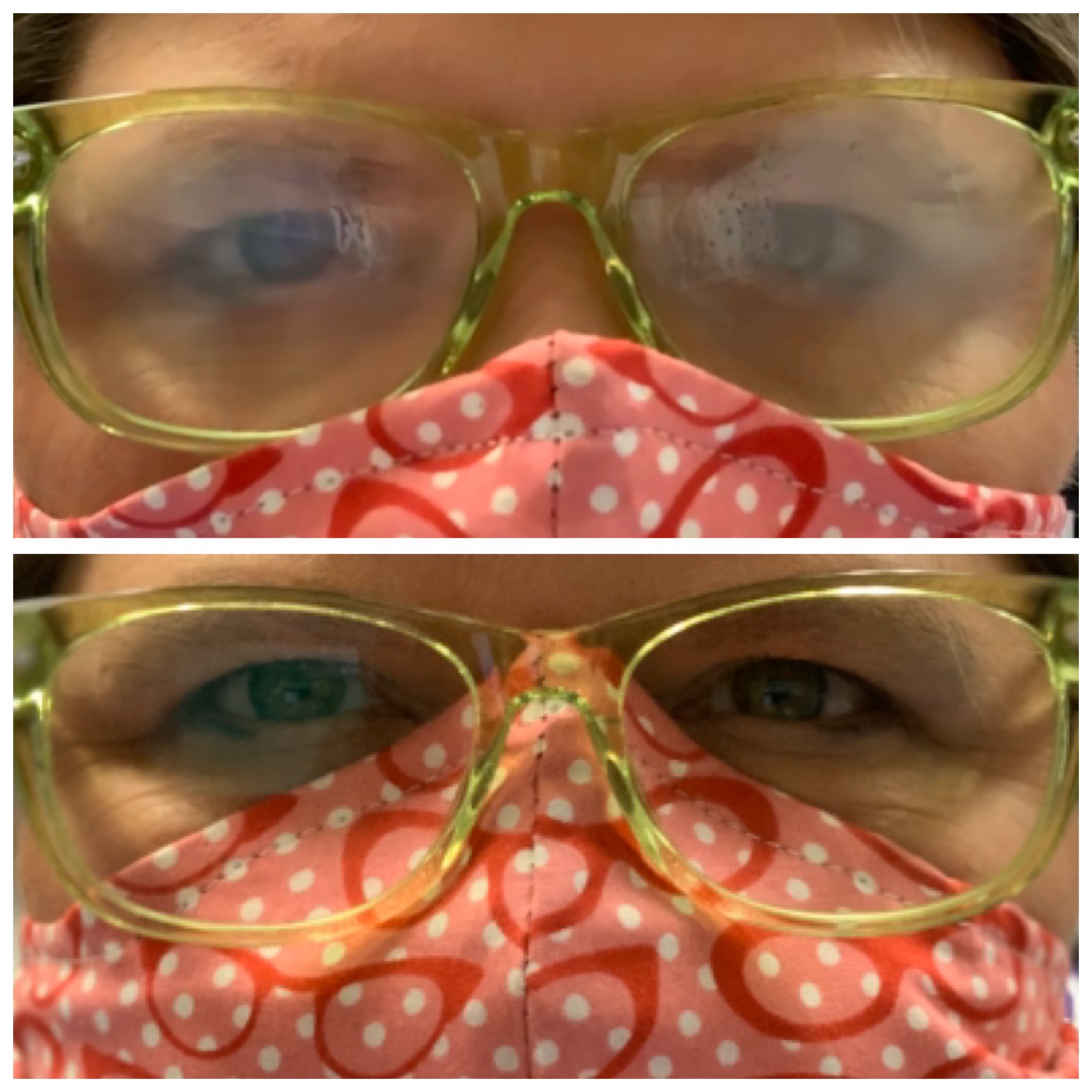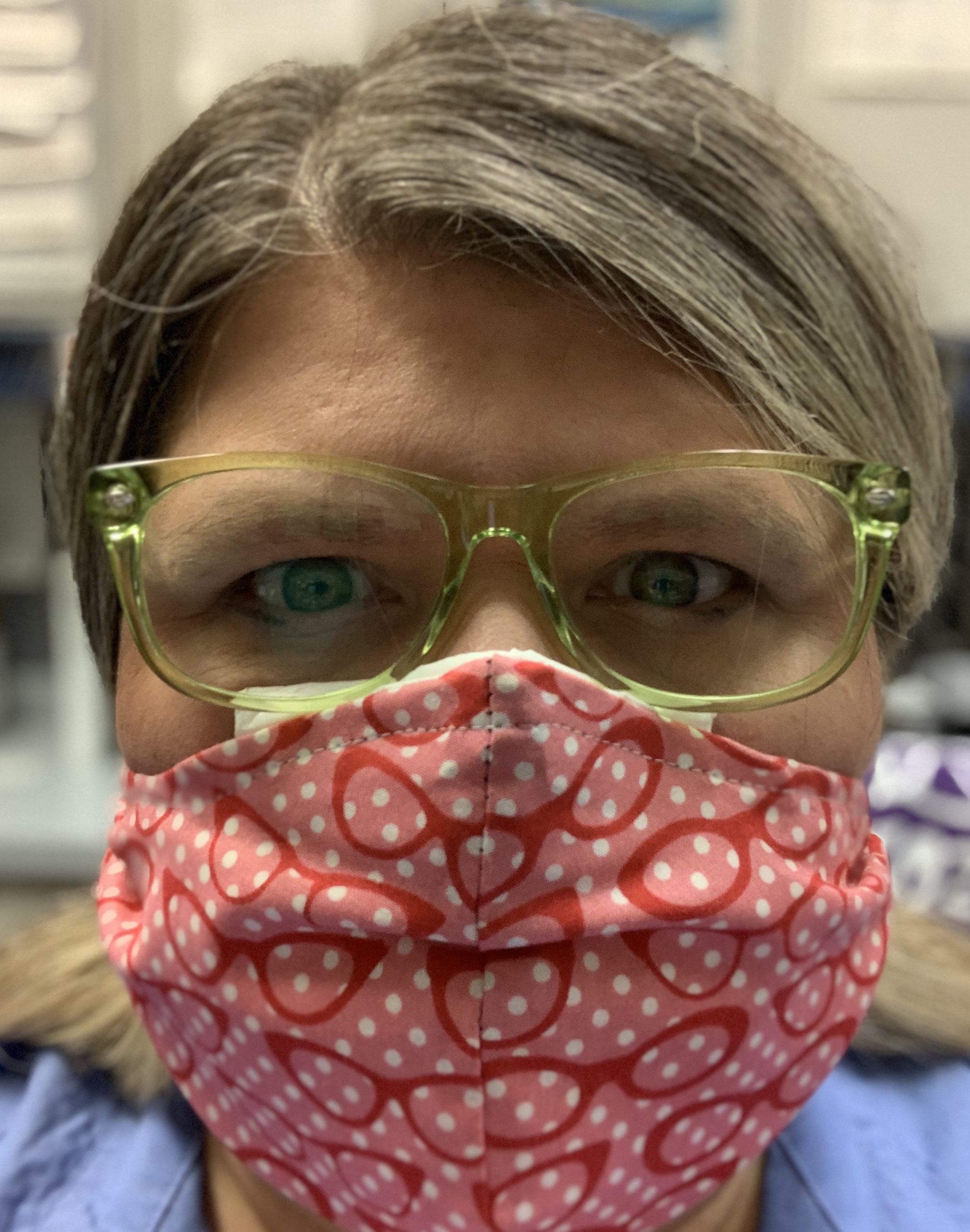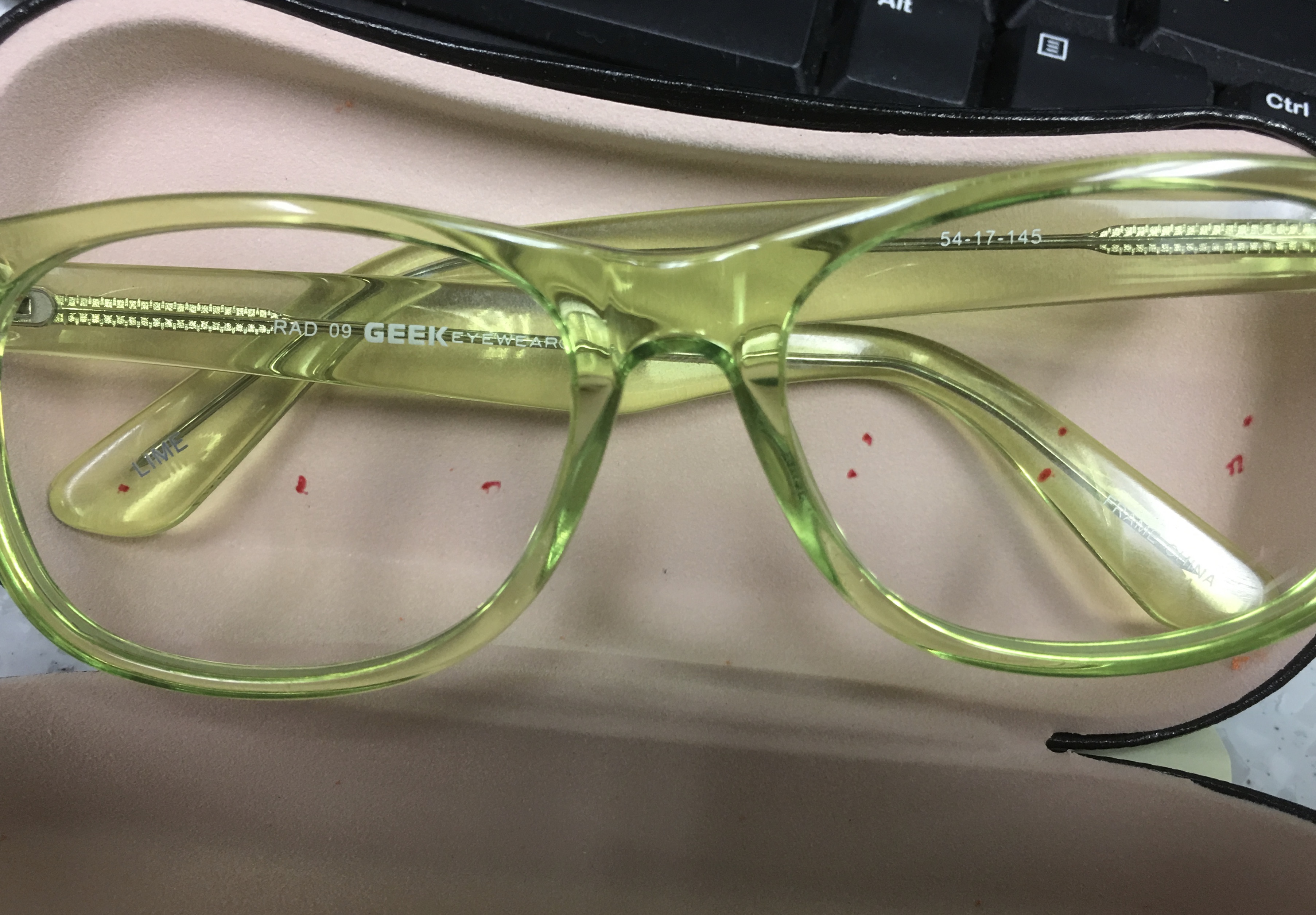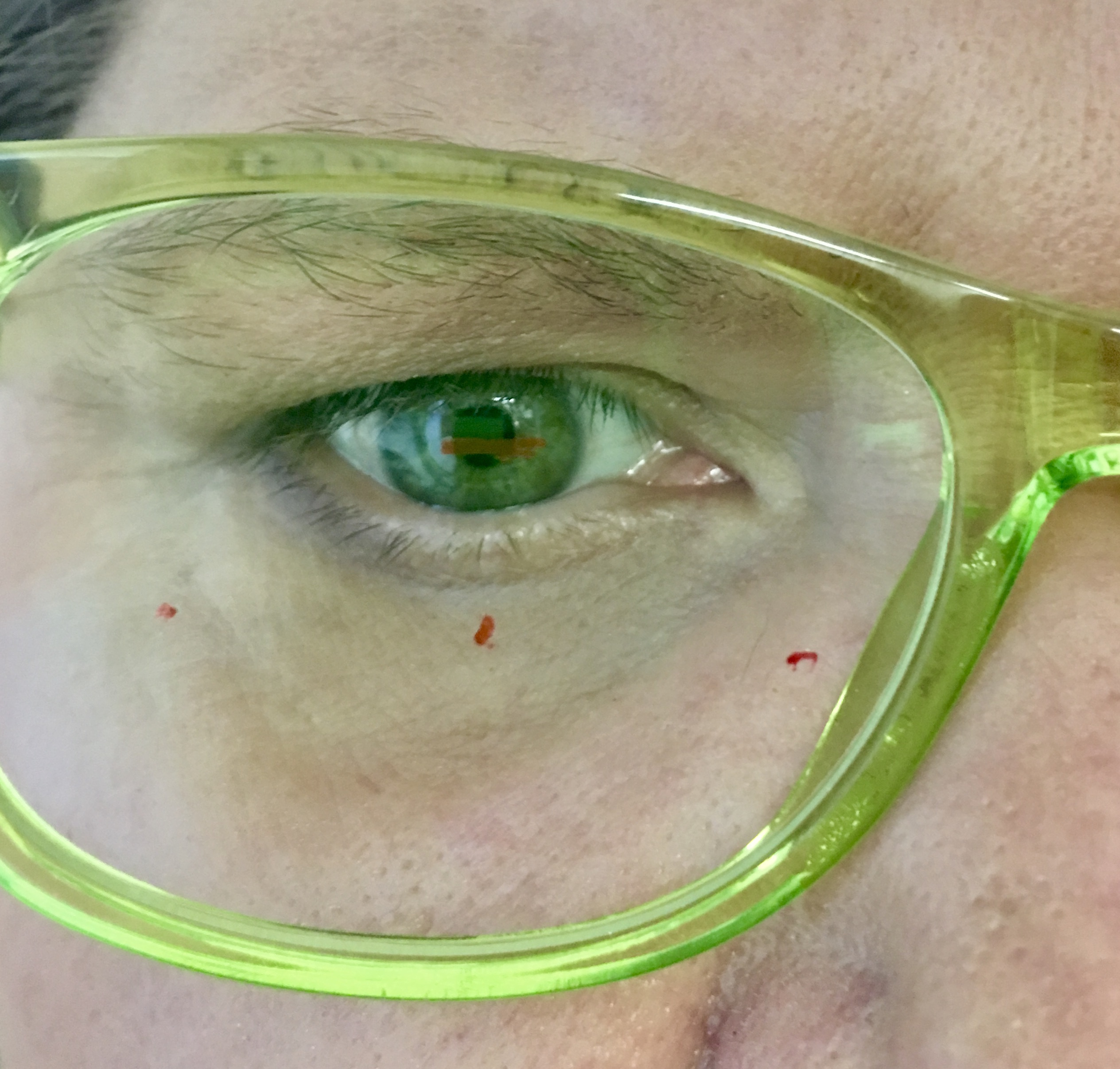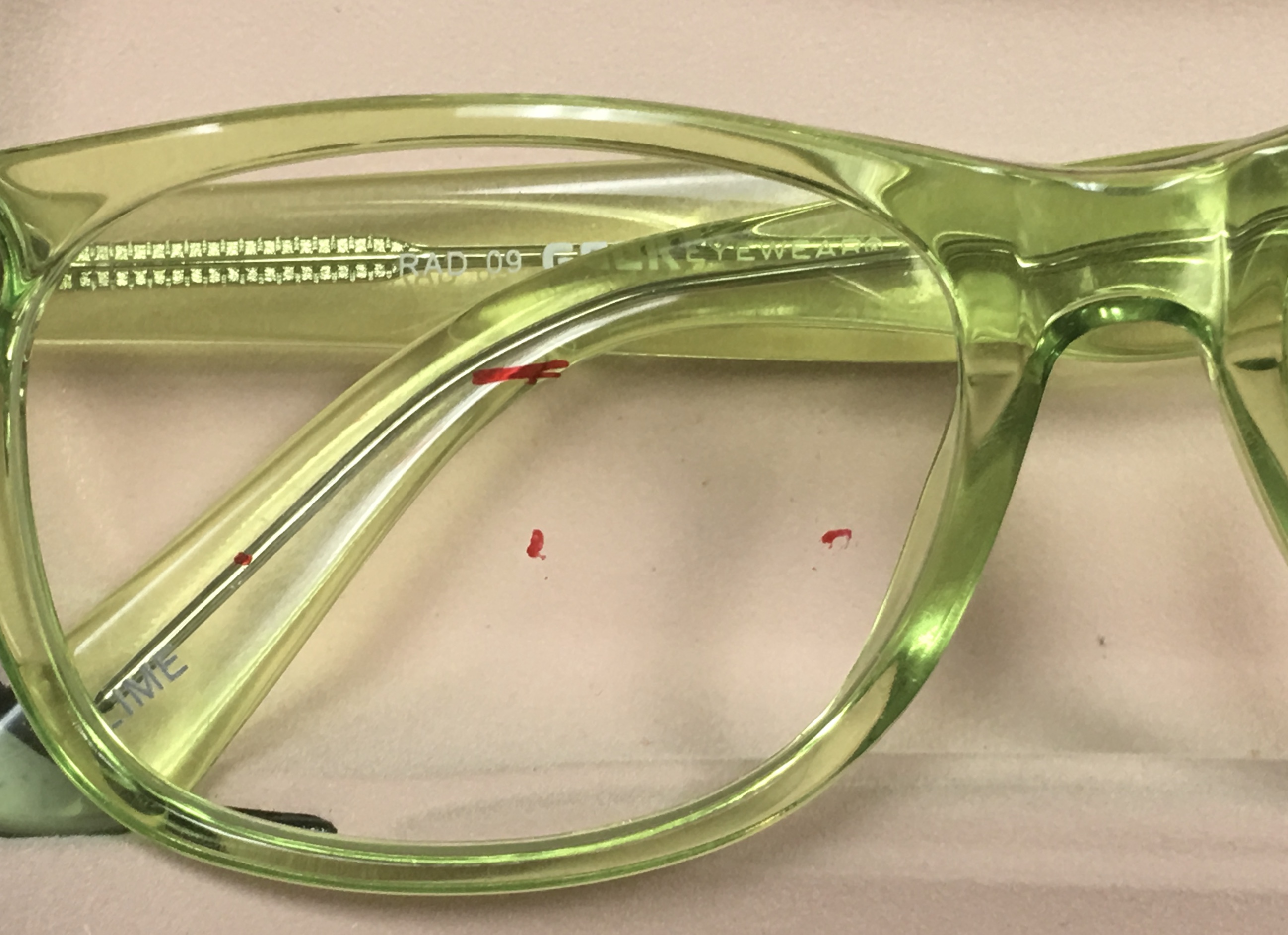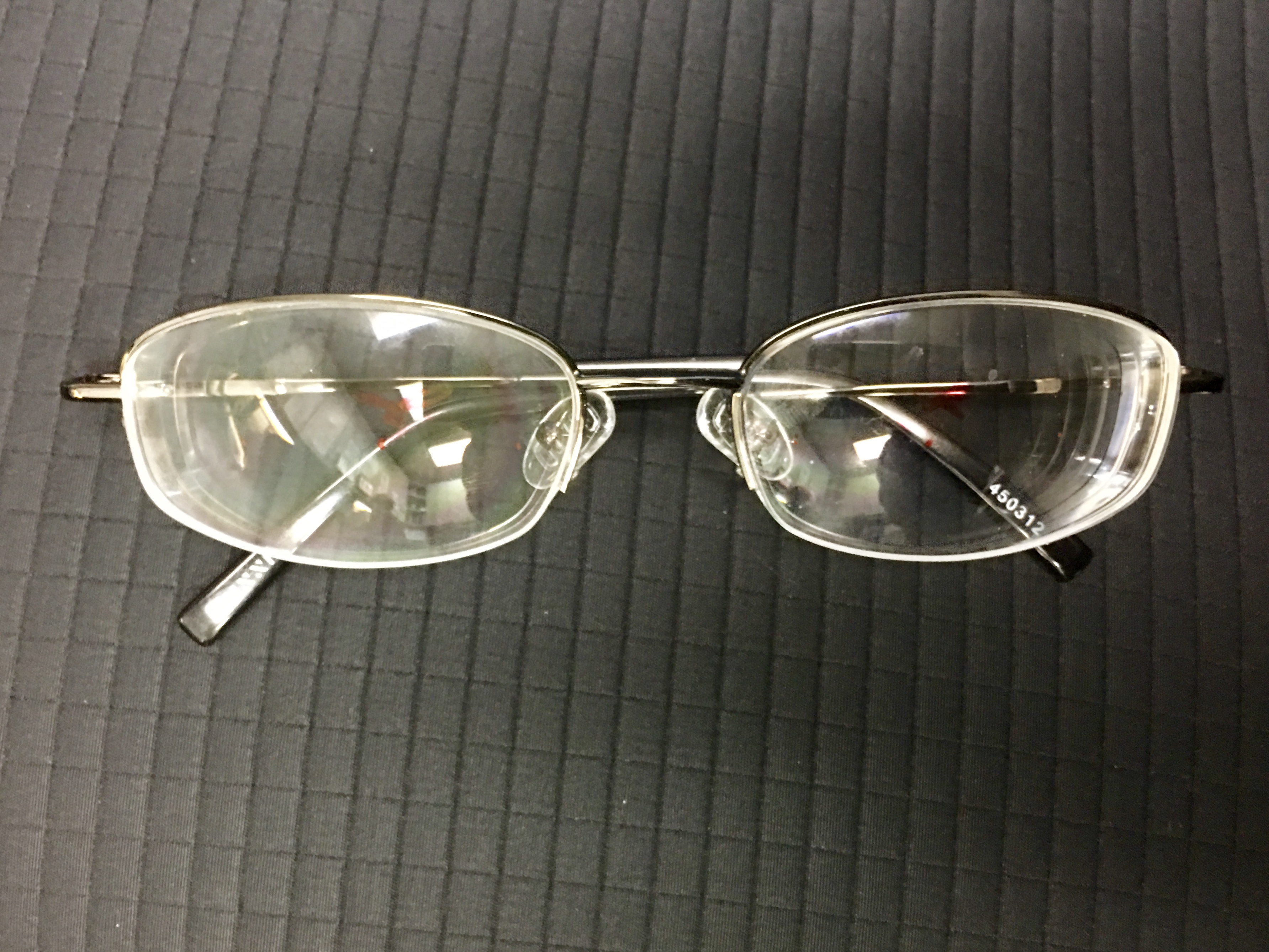I recently read an article about why glasses are so expensive. While I do agree, at times, glasses can be expensive. There is a lot more that goes into it and I wanted to clear up some truths vs myths in the article.
Let’s look at the first section I read.
Why are these things so damn expensive?The answer: Because no one is doing anything to prevent a near-monopolistic, $100-billion industry from shamelessly abusing its market power.
As you read further, you will learn the author is referring to Luxottica, or as some know now as EssilorLuxottica. While EssilorLuxottica is a large player in the optical industry, they do not monopolize the industry. In addition, Essilor works very hard to keep up with the needs of our eyes, which are changing every day as technology changes. I’ll talk a little more about that later in the blog.
The true cost of a pair of acetate frames — three pieces of plastic and some bits of metal — is as low as $10, according to some estimates. Check out the prices of Chinese designer knockoffs available online.
Here is another myth. While there are some frames that may only cost $10 to make, not all plastic or acetate frames fall in the same category. There is a difference of exactly HOW they are made. Are they hand-made, where the colors are fused together to give them a unique, quality look? Did the designer have to design 20 different versions before they found the design that did the proper balance of beauty over optical quality. Not everyone can design a frame to hold as many different variables of lenses as we ask it to. It takes design, work, and rework. Do you pay more for a known celebrity’s name to be on it? Sometimes yes. Sometimes no. Does a brand name up the price? Again, the answer is no. Take Ray-Ban frames. This is a brand known all over the world. I have had patients come in and say, “Oh, those are Ray-Bans, we can’t afford those” Well Ray-Ban, like so many other brands, have multi level styles of frames. We have some retailing at $150 and we have some retailing for over $300. They are all Ray-Bans so why the price difference? Quality of materials, intricacies of the designs; from the type of hinge to hold everything together to the decals used. Everything on the frame, even the trim work, the Ray-Ban logo, can affect what price category a particular frame is in.
Lenses require precision work, but they are almost entirely made of plastic and almost all production is automated.
This could be said about almost everything we purchase. A car is made mostly out of metal and plastic and is automated, why are they expensive? It amazes me how someone can take something they know NOTHING about and put thoughts like this together to come up with this reasoning. It doesn’t make sense.
The bottom line: You’re paying a markup on glasses that would make a luxury car dealer blush, with retail costs from start to finish bearing no relation to reality.
This is ABSOLUTELY untrue. Many optical places put in fair mark ups for products. While, like every company, you have some who go extravagant and try to make as much money as possible on every little sale there are also those companies who make a fair margin of profit. Everyone has to make a profit of some kind or they won’t stay in business. The lights have to stay on. The 1000 frames you enjoy choosing from in the display all have to be paid for with the hope someone will buy them. If the buyer makes some bad decisions then the product may be sitting there for a while or might have to be marked down, minimizing the amount of profit the company is making on that frame. As a consumer, you have every right to go to more than one location to get price quotes, just remember to make sure you are having them price exactly what it is you are getting and you are comparing apples to apples. For example, I recently quoted a patient a price for Varilux X lenses with Crizal Sapphire 360. The patient went to a retail establishment and was told their “top of the line” lenses were just as good as the Varilux X. Their “top of the line” lenses came out for sale back in 2007. Varilux X lenses came out in 2017. Tell me how they could POSSIBLY be just as good? Would you want to go from your brand new, HD television back to watching a television that came out for sale in 2007? The image will be different. It comes down to what type of quality you want.
She said soaring eyeglass costs should be a part of the country’s overall healthcare debate in light of the fact that many people simply couldn’t function without corrective lenses.
“At the very least,” Balber said, “there needs to be some transparency about how much things really cost.”
The question I have to this quote is WHY? Why does there have to be transparency? Some of the responsibility is on the patient to also educate themselves on what it is they want or need. I have said all along more money needs to go into the quality of the lenses, not the frame, but so many patients spend more time and money on the frame. I often ask my patients, what is more important, the pills or the pill bottle? I do agree overall healthcare costs are crazy. When a hospital can bill a patient $6 for a regular bandage with a cost to the hospital of $.10 there is a problem. In most cases, the optical industry does not have crazy mark-ups like that. Again, you will find some offices that do. For example, I worked in a private office that marked frames up 3+ times the cost to them to purchase it. Did I think it was high? Yes! Did I try to discount the frame for the patient? Yes, I did. Did I get yelled at for it? Yes, I did. How did I get around this problem? I listened to the owner yell at me, smiled, nodded, and looked for another job.
And because it represents so many different manufacturers and brands, she said, it’s difficult for the association “to make any comments on pricing.”
Of course it is! Every office has the right to charge what they want. If you want a small, private office to be in your neighborhood and your average rent for a business space is 10 times greater than going 5 miles in another direction, the cost of the rent has to be paid for somewhere. Since there is hardly any money made for the optometrists because of how little insurances reimburse them for a comprehensive healthy eye exam, then a lot of private offices have to rely on the profit made with the frames and lenses. Can a big box retailer sell a single vision pair of glasses cheaper? Yes, they can because they are buying 1000 sets of lenses a month vs only 100 sets a month or in some cases, 10 sets a month. Online locations can sell even cheaper yet because they don’t have to pay for an optician, rent, lights, but they also can get away with not worrying about quality because people just assume they may or may not be correct because they were cheap. I wrote a blog about my experience with an online purchase.
“We often see low-ball retailers promise price savings but fail to deliver the quality patients expect in terms of fit, comfort, durability and, of critical importance, precision in vision, over one or two years of daily wear,” he said.
This is a very good point. The expectation from patients is to have an amazing pair of glasses at the best price possible. Sometimes the expectation doesn’t match reality. I’ve had patients come in expecting to pay $200 for top of the line quality. Again, not to continue to focus on electronics, but when the phone they are carrying costs $1100 and they only expect to use it 1-3 years, why is there an expectation of GREAT VISION costing only $200.
“Today’s glasses aren’t the glasses of 20 years ago, and the price can reflect these technological advances.”
Fair enough. But with about 126 million American adults wearing prescription glasses, and many replacing those glasses every few years, you have to assume it doesn’t take long for frame and lens makers to recover any R&D costs.
Again, there is some truth to this but just like everything, some of the money you are paying for an item is helping the manufacturers to make an even better product. When I first started as an optician, the progressive lenses (no line multifocal) were HORRIBLE. They were a hard design meaning the minute you moved one way or another outside of the correction, you wouldn’t be able to see anything. The amount of intermediate vision was very minimal. As computers and tablets became an everyday thing, the demand for more digital friendly lenses increased. Even with some of the best we have now, patients still want something better. The something better is coming from the design and testing being done all over the world in order to make an even better progressive lens. Every time a quality progressive lens is purchased, I can guarantee a fraction of the cost for the optical location to purchase those lenses is going towards the men and women working behind the scenes to make them even better than what we already have.
It won’t. And the more than 1,000% markup for most vision products proves that.
If there is a 1000% mark-up, I can guarantee is isn’t at most of the optical places you are visiting. I don’t think it is right to throw a number out like it is a fact when there are no basis of truth to it. Where did the author get that number? I prefer to deal with facts and this author does not have his facts straight.
Why do glasses cost so damn much?
Because this industry has been getting away with fleecing people for decades.
Again, an opinion of one person with no merit to base it on.
Now, I want to share some true, behind the scenes scenarios we face each and every day in this industry.
Patient A comes in for an eye exam. Feels it isn’t necessary to fill out all of the medical questions on the form because it’s “just an eye exam”. The optometrist does a thorough eye exam, writes the prescription. The patient takes it to a quality optician who fills it correctly. Patient picks up the glasses and a week or so later, comes back and says, “I can’t see out of these” The optician double checks to make sure he or she didn’t make a mistake. Does some other checks and everything is coming out exactly as it should. They schedule an appointment with the optometrist and learns the patient is on a new medication known to affect vision. They had only been on it for a week when they came in for the eye exam but now, a month later, has an entirely new prescription. The patient expects the optical office to remake them at no charge since it’s a new prescription. The optical shop re-orders the lenses. The lab makes the new lenses at no charge. Who should really have to pay for those lenses? The patient because he or she couldn’t be bothered to indicate all of the medication they are taking? No, the lab has to eat the cost of those lenses even though they did nothing wrong. I know you want to say, well that doesn’t happen very often, but it does. It happens more than you think it would. So now, not only does the lab have to have enough of a markup to absorb their cost of doing business but also those occasions where they will have to remake lenses at no charge for the office.
Patient B comes in for a pair of eyeglasses with a prescription over 6 months old. The prescription was written by an outside doctor. The optician recommends a new eye exam but since it is still technically not expired, they fill it documenting they had recommended a new eye exam since it had been more than 6 months. (Yes, your eyes can change in 6 months, while rare, it can happen) The patient picks up the glasses and then three months later they go in for their annual comprehensive eye examination. The prescription is slightly different because it had been over a year. They bring the new prescription back to the optical office they purchased from and demand they remake the lenses because “they made them wrong” when, in fact, they did not make them wrong. The patient’s eye changed. So the optical department has two choices. Make a patient mad and refuse to remake them (which they would have the right to do) or remake them for the patient at no charge to keep the patient happy. Some offices may opt to remake them. Now, just because they aren’t charging the patient doesn’t mean they aren’t being charged for the lenses from the lab. They still have to pay the lab for the new lenses. Again, you would think these are rare incidences, but they are not. Everyday optical locations have to make a decision between trying to keep a patient happy vs not losing money on a remake.
This is why some locations have such strict remake, refund policies. Eyeglasses are custom-made to the individual as well as to the frame selected. Every change done, every prescription change, every measurement change often results in a cost to someone other than the patient.
Insurances do not help the fact. Here is another example. Patient has VSP. They purchase a frame covered in full by their insurance and purchase just the basic lens covered by their insurance. They have a co-pay of $25. In reality, even though the frame allowance on VSP is $150, the location may not even make enough to pay for the cost of the frame plus shipping….or make JUST that amount. VSP isn’t paying the location $150. They are paying a very small portion of that. Now, the lenses…….since they are covered in full by the insurance, you would assume the location was receiving the amount the optical location charged for the lenses, right? WRONG. They are receiving exactly $25. VSP will pay the lab for the lenses. So the office made maybe $35 if they made a $10 profit on the frame, and that is very unlikely. So $35 for the optician to take the time to help them select a frame, within a certain price range, and do all of the measurements necessary as well as go over any options the patient should consider to help them see better. A good optician won’t compromise quality of care just because the office isn’t making as much money on the sale. All of this can take up to 30 – 45 minutes depending on the patient. If every patient was like this, how could an office afford to stay in business. I’m not picking on VSP, I just want to break down some real truths behind it. I actually like VSP insurance. It helps our patients afford the items they want and need to have the best optics available. I just want everyone to understand your insurance may not pay for everything you need for the best visual outcome. Sometimes you still have to pay some additional money for a great pair of eyeglasses.
All of this affects the markup of lenses and frames at both the optical shop level as well as the lab level.
Another truth, I work at a location where we don’t focus on heavy markups. We like to try to keep the products our patients need at an affordable price. With that being said, there are some product where, if you were to go to locations around us and price out the exact same items, you would find we were cheaper, but we still have patients asking us for a discount. Our society has become so ingrained in getting discounts where, even when the discounted amount is more than it would cost from some place else, we can’t see the value.
So, David Lazarus….the next time you want to bash an industry without trying to get your facts straight, please leave optical alone.
If you would like to read the original article written in the LA Times by David Lazarus, please click the link below
https://www.latimes.com/business/lazarus/la-fi-lazarus-why-are-eyeglasses-so-expensive-20190122-story.html?fbclid=IwAR0qUKKQJ6r_ACp7Cj4nMo7cHKxZvdCcIB22dXDsPzLbSjlneL4rdSAmgJk
If you liked this article and want to read more, please follow me on Facebook @PaulaTheOptician or subscribe to this blog. You can find my other writing, not related to eye care and optical on my site: HaliPawz Where I enjoy writing reviews, ADA adventures with my mom, as well as just some humorous things that happen to me.



